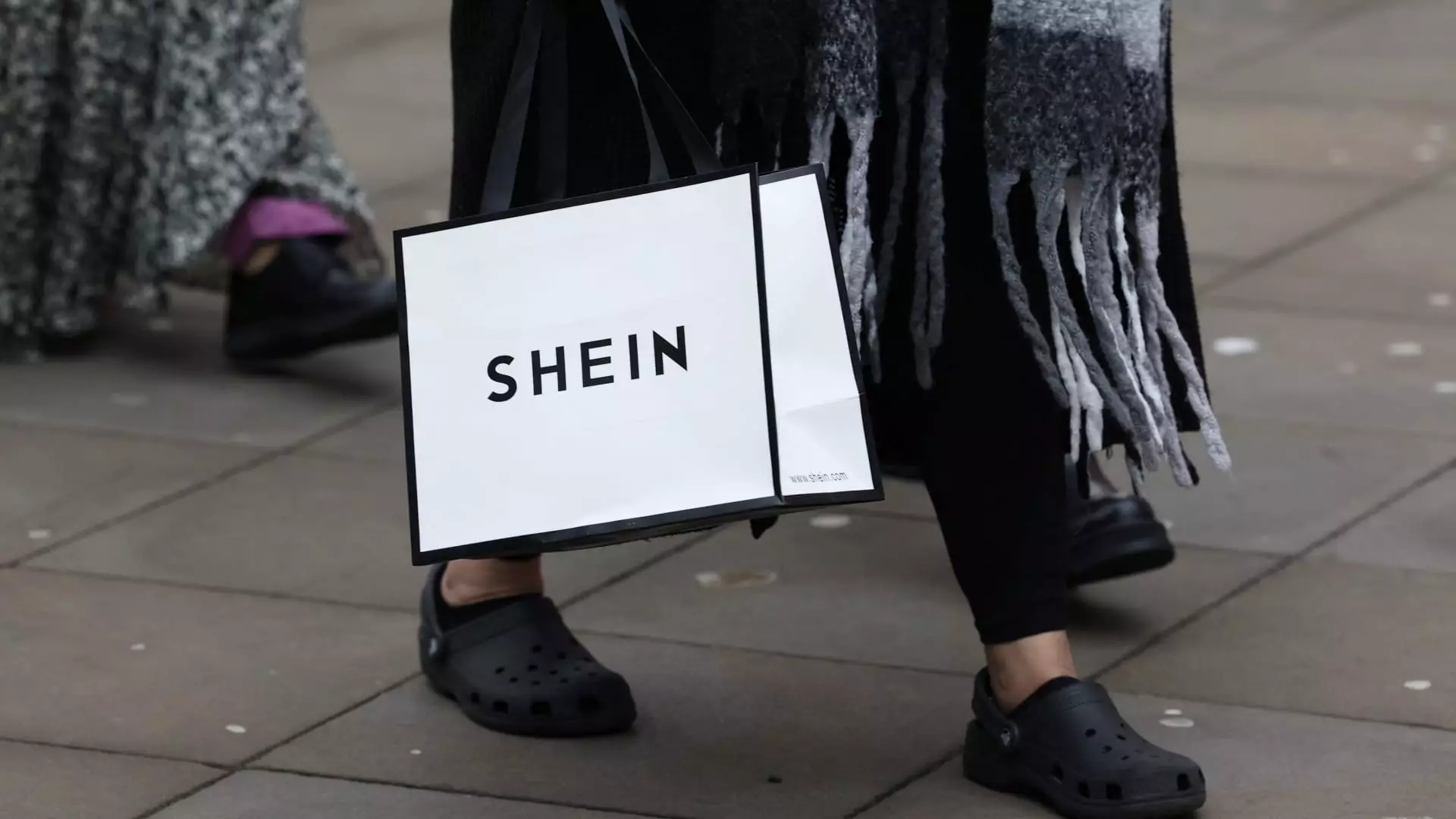In the fast-evolving landscape of fashion retail, Shein’s recent initiatives to boost its public image highlight both the pressures it faces and the strategies it employs to navigate them. As the company gears up for a potential public listing in London, it has unveiled a series of measures aimed at not only reassuring consumers but also rebuilding trust among lawmakers and regulators. This article delves into Shein’s approach to product safety and sustainability amidst scrutiny of its supply chain practices.
A significant part of Shein’s recent campaign has been its robust investment in product safety testing. According to a press release issued by the company, more than two million safety tests were conducted over the past year through esteemed laboratories such as Bureau Veritas and Intertek. Such tests are particularly important given recent recall incidents, including the recent recall of over 300 hair dryer brushes due to electrocution hazards. This recall marks Shein’s first safety issue in the U.S. since 2021, prompting the need for intensified safety protocols.
The proactive stance taken by Shein—conducting risk-based, randomized testing on products sold by third-party vendors—sets it apart in an industry where many online marketplaces typically place the onus of safety on the sellers. By assuming some responsibility for product safety, Shein aims to position itself as a leader in compliance and consumer protection, thereby alleviating some of the public concern surrounding fast fashion safety issues.
Despite these efforts, Shein finds itself at the center of ongoing controversy regarding labor practices, particularly concerning its supply chains that may involve forced labor. The company’s representatives have faced tough questions about the sourcing of materials, particularly cotton, from areas such as Xinjiang, China. The refusal of Shein’s general counsel in Europe, Yinan Zhu, to address these inquiries directly during a recent parliamentary hearing raised alarm among lawmakers. Critics have pointed out that evading transparent dialogue can generate significant mistrust in both consumers and regulators.
Lawmakers have expressed indignation at Shein’s lack of clarity, with committee chairman Liam Byrne noting that such reticence leads to a troubling lack of confidence in the company’s operational integrity. This fury is particularly poignant given Shein’s previous claims during its U.S. IPO efforts, wherein it alleged it had ceased sourcing cotton from regions tainted by allegations of forced labor. The inconsistency between past statements and current evasiveness calls into question the authenticity of Shein’s commitments.
In an apparent bid to enhance its reputation, Shein has also unveiled new sustainability initiatives and established a nonprofit foundation. While these steps may seem progressive, they must be scrutinized against the broader backdrop of the changes in policy that fast fashion retailers are expected to adopt. The fundamental challenges in the fast fashion model—characterized by rapid production and sales cycles—often conflict with sustainable practices.
Shein faces the daunting task of balancing its operational model, which traditionally prioritizes low prices and quick turnover, with plausible sustainable practices. The creation of a nonprofit could serve multiple purposes: it potentially allows Shein to align itself with social responsibility goals while simultaneously creating a buffer to criticisms related to its primary business practices. This dual strategy could prove instrumental in not only transforming public perception but also in avoiding regulatory pressures as the company prepares for its London listing.
As Shein navigates the complexities of public relations and regulatory scrutiny, its approach serves as a testing ground for how far fast fashion retailers can go in addressing safety, sustainability, and ethical concerns without fundamentally altering their business models. The road ahead will undoubtedly include more challenges, particularly from ongoing discussions about labor practices and sustainable sourcing.
Shein’s charm offensive is revealing of the broader shifts occurring in consumer expectations towards transparency and ethical responsibility in the fashion industry. However, whether these efforts are sufficient to regain the trust of consumers and lawmakers remains an open question. As the company charts its trajectory towards a public offering, it will need to bolster not only its safety practices but also its forthrightness about its supply chain, lest it finds itself ensnared in further controversies that could jeopardize its ambitions.


Leave a Reply